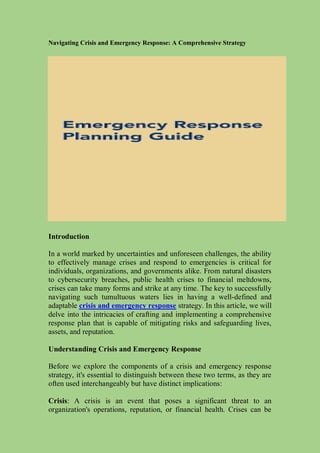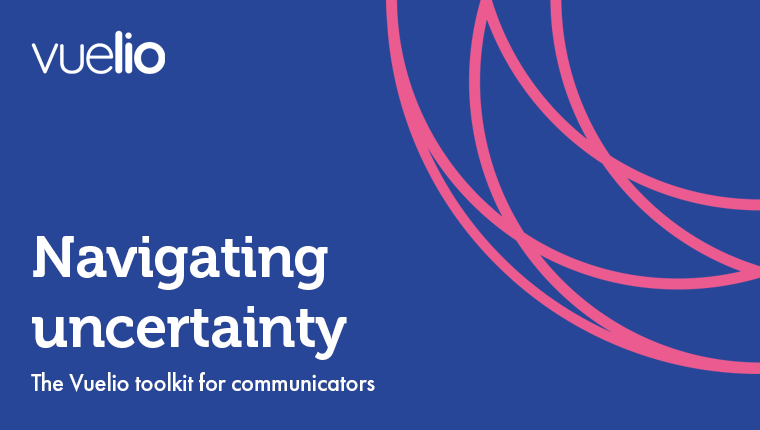Navigating the Uncertainties: A Comprehensive Guide to Emergency Assistance in 2026
Related Articles: Navigating the Uncertainties: A Comprehensive Guide to Emergency Assistance in 2026
Introduction
With great pleasure, we will explore the intriguing topic related to Navigating the Uncertainties: A Comprehensive Guide to Emergency Assistance in 2026. Let’s weave interesting information and offer fresh perspectives to the readers.
Table of Content
Navigating the Uncertainties: A Comprehensive Guide to Emergency Assistance in 2026

The future is inherently unpredictable. While we strive for stability and prosperity, unforeseen circumstances can disrupt our lives and necessitate immediate support. Recognizing this, governments and organizations worldwide implement emergency assistance programs to provide a safety net for individuals and communities facing hardship. This guide explores the landscape of emergency assistance, delving into its significance, accessibility, and potential challenges in 2026.
Understanding the Need for Emergency Assistance
Emergency assistance programs are designed to address sudden and unforeseen events that threaten an individual’s well-being or disrupt their ability to meet basic needs. These events can range from natural disasters like earthquakes and floods to personal crises like job loss, illness, or family emergencies. The primary objective of such programs is to provide immediate relief, enabling affected individuals to regain stability and navigate their situation.
The Evolving Landscape of Emergency Assistance
The nature and scope of emergency assistance programs are constantly evolving to adapt to changing societal needs and technological advancements. Some key trends shaping this landscape in 2026 include:
- Digitalization and Automation: The increasing adoption of technology is transforming the way emergency assistance is delivered. Online platforms, mobile applications, and data analytics are streamlining application processes, facilitating faster disbursement of aid, and enabling more targeted interventions.
- Focus on Prevention and Resilience: Efforts are shifting towards proactive measures to mitigate the impact of potential crises. This involves investing in disaster preparedness, promoting financial literacy, and building community resilience to enhance preparedness for future challenges.
- Integration with Social Safety Nets: Emergency assistance programs are increasingly being integrated with broader social safety nets, creating a more comprehensive support system for vulnerable populations. This ensures a seamless transition from immediate relief to long-term support, fostering lasting stability.
Navigating the System: Accessing Emergency Assistance in 2026
Accessing emergency assistance in 2026 will likely involve a combination of online and offline channels. Individuals may need to:
- Identify Eligible Programs: Researching available programs based on their specific situation, including eligibility criteria and application processes.
- Gather Required Documentation: Preparing essential documents such as identification, proof of residency, income verification, and documentation of the crisis.
- Submit Applications: Completing application forms, either online or in person, and submitting them to the relevant authorities.
- Follow Up and Track Progress: Maintaining communication with program administrators, monitoring application status, and providing updates as needed.
Challenges and Considerations
While emergency assistance programs provide crucial support, they also face challenges that need to be addressed:
- Reaching Vulnerable Populations: Ensuring accessibility for individuals who lack digital literacy, have limited access to technology, or face language barriers.
- Reducing Bureaucracy and Delays: Streamlining application processes to minimize paperwork, waiting times, and administrative hurdles.
- Preventing Fraud and Abuse: Implementing robust verification and monitoring systems to ensure that assistance reaches those truly in need.
- Sustainability and Long-Term Impact: Focusing on programs that not only provide immediate relief but also foster long-term stability and economic empowerment.
FAQs
- What types of emergencies qualify for assistance? Eligibility criteria vary depending on the program, but typically include natural disasters, job loss, illness, family emergencies, and other unforeseen circumstances causing financial hardship.
- How long does it take to receive assistance? The timeframe for receiving assistance varies based on the program, application process, and verification procedures.
- What are the financial limitations of emergency assistance? Program benefits typically have maximum amounts and durations, which may vary based on the type of assistance and eligibility criteria.
- What are the long-term benefits of emergency assistance? Emergency assistance can prevent homelessness, provide access to healthcare, support education, and enable individuals to regain stability and financial independence.
Tips for Navigating Emergency Assistance
- Be proactive: Plan ahead by building an emergency fund, exploring insurance options, and familiarizing yourself with local emergency assistance programs.
- Seek professional guidance: Consult with financial advisors, social workers, or community organizations for assistance with navigating the application process and accessing relevant resources.
- Stay informed: Monitor news updates, government websites, and community resources for information about available programs and changes in eligibility criteria.
- Advocate for yourself: Don’t hesitate to reach out to program administrators, government officials, or advocacy groups if you encounter difficulties or have questions.
Conclusion
Emergency assistance programs play a vital role in safeguarding individuals and communities from the devastating consequences of unforeseen events. While the landscape of emergency assistance is constantly evolving, the core principles of compassion, responsiveness, and accessibility remain paramount. By understanding the available programs, navigating the application process effectively, and advocating for improvements, individuals can leverage these essential resources to navigate challenging situations and build a brighter future.







Closure
Thus, we hope this article has provided valuable insights into Navigating the Uncertainties: A Comprehensive Guide to Emergency Assistance in 2026. We hope you find this article informative and beneficial. See you in our next article!